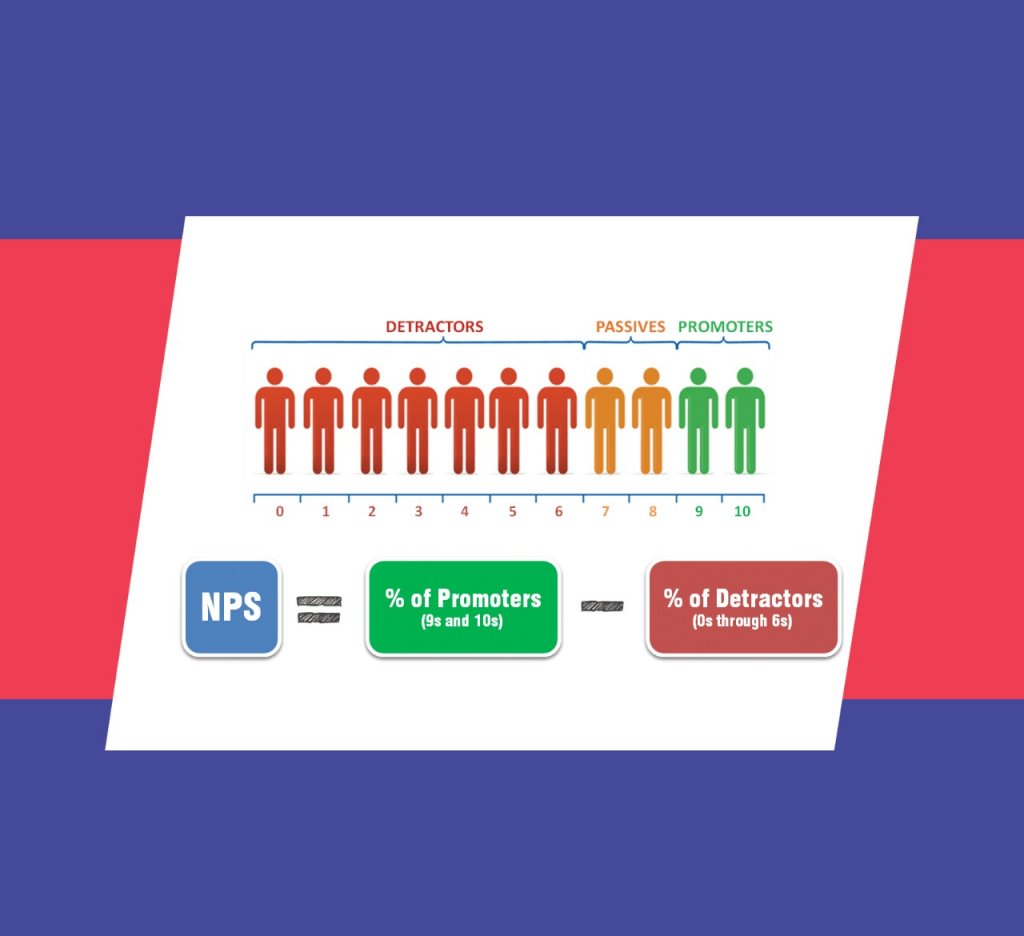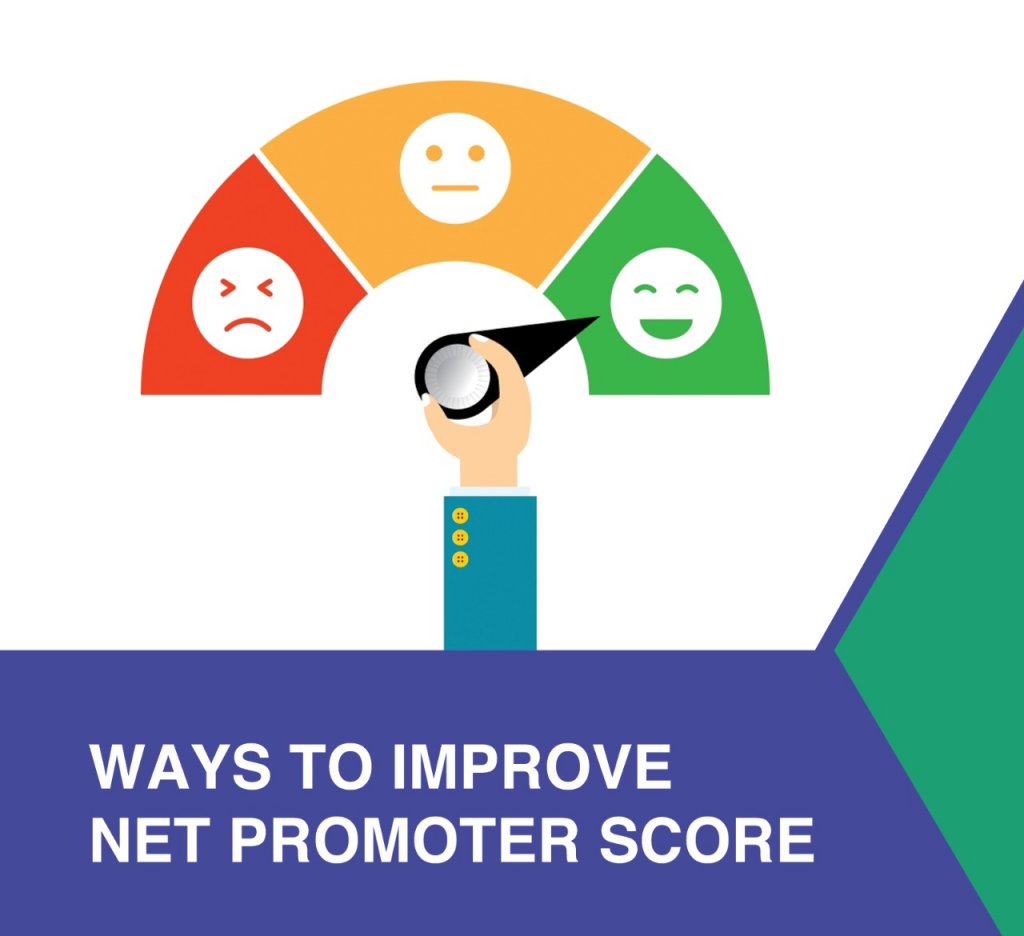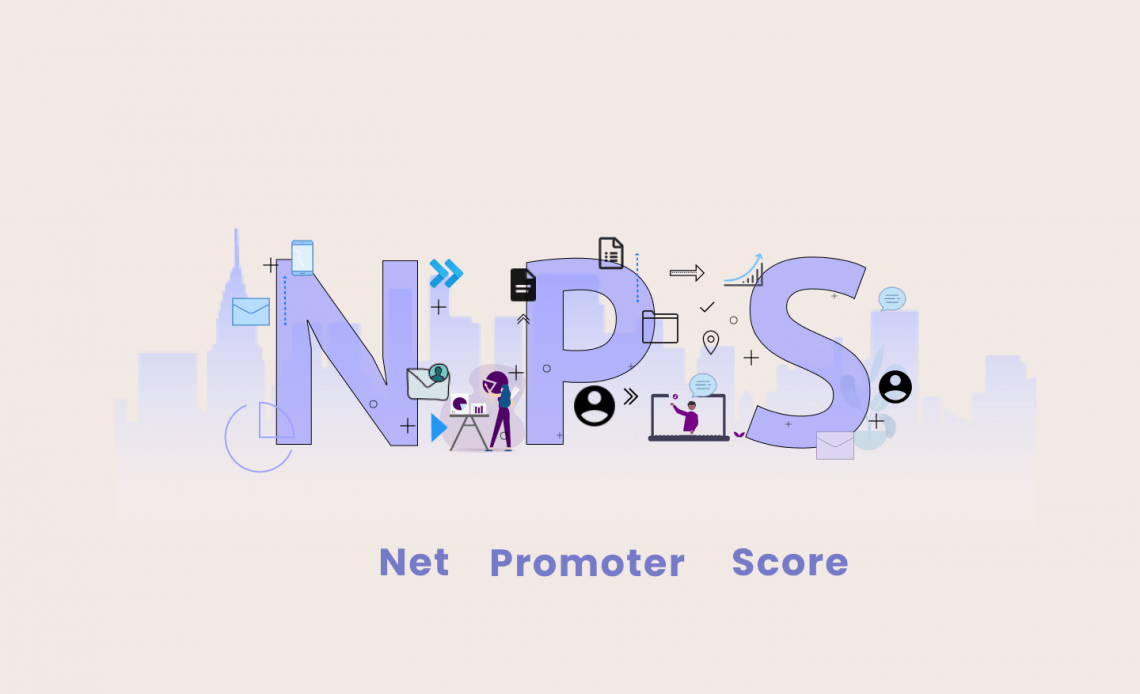It doesn’t matter how good you think your customer service and assistance are; what matters is how your consumers perceive it and how you can improve it for the better.
To achieve all this, all you need is to measure Net Promoter Score and enhance it to a good Net Promoter Score.
They are, after all, the ones who can create or destroy their connection with your firm. Even more importantly, a single interaction with your organization can influence how they talk about it to their friends, family, and coworkers.
By spreading affection and brand recognition through word-of-mouth, your consumers can do their best, free marketing. As a result, it makes sense to keep track of how many of them are so pleased with their experiences that they wish to spread the word about them.
The Net Promoter Score (NPS) can vary greatly, and there are several factors to consider when determining if you are getting a good net promoter score or not. We’ll go through the exact values of a strong and good Net Promoter Score over several industries, the elements that influence NPS standards, and the measures you should take when comparing your scores to competitors to get the most out of your NPS score in the following sections.
What is Net Promoter Score(NPS)?
How willing you are to advise our product/services to your friends and relatives?
Net Promoter Score is a metric for determining a firm’s customer loyalty, contentment, and optimism. It’s measured by asking clients one question: “On a scale of 0 to 10, how probable are you to highly suggest this product or company to a friend or partner?”
To increase customer loyalty, organizations can use aggregate NPS rankings to improve service, customer support, delivery, and other elements of their operations.
NPS is a business statistic that helps businesses of all sizes focus on a mission-critical goal—improving their score by obtaining more enthusiastic customers—that can be easily tracked and quantified over time.
What is the importance of NPS?
The Net Promoter Score (NPS) is a survey that determines whether or not your customers would recommend you to others. When an NPS falls below a given threshold, you can set up automatic email warnings. The NPS can help you improve your customer interaction strategies.
Market growth can be predicted using the Net Promoter Score. When your firm has a good Net Promoter Score, you know you have a solid relationship with consumers who are more likely to serve as brand ambassadors, spread the word, and fuel a positive growth cycle.
How to Measure NPS?
“Divide the proportion of Detractors from the proportion of Promoters to get your Net Promoter Score.“
The Net Promoter Score is the most widely used tool for assessing customer loyalty around the world. It stems from the question of how apt you are to promote something to a friend.
The respondent is asked to rate the likelihood of recommending anything on a scale of 0 to 10, with 0 being the least likely and 10 being the most likely. After you receive the results, you’ll divide each respondent into one of three categories based on their score: promoters, passives, and detractors.
The following formula can be used to determine your NPS:
Net Promoter Score= Percentage of Promoters — Percentage of Detractors

Example: Take the overall number of Promoters, divide it by the number of responders, and multiply the figure by 100 to get the % of Promoters. You’d use the same thing to determine the % of Detractors, except instead of Promoters, you’d use the total number of Detractors.
Are you looking for a good NPS software?
We’re right here with over 100+ pre-designed survey templates and flexible features to help you out at a low cost.
What is a Good Net Promoter Score?
Any rating greater than zero is technically a “positive” score, as it indicates that you have more promoters than detractors. A score of 50 or above is excellent, while a score of 70 or higher is the best of the best, albeit earning either of these is both exceptional and rare.
It’s nearly difficult for any company to reach a pristine Net Promoter Score of 100. Learn what a ‘good’ score in your sector looks like and how to use NPS for more than just benchmarking.
Some consider the Net Promoter Score to be the “holy grail” of customer happiness and, as a result, customer loyalty. It’s a basic score ranging from -100 to 100 that helps companies rank themselves both within and outside of their sector.
Data Source: Customer Guru
Businesses are realizing, however, that it can be used for more than just benchmarking over time. It has the potential to influence cultural change, improve customer experiences, and foster better longer-term customer connections.
These will have a financial influence on the organization, as well as on how well it engages with customers through its customer experience.
Read More: Advantages And Disadvantages of Net Promoter Score
NPS Scores by Industry
Source: Data Labs Agency
It becomes helpful to look at the average NPS in each industry before calculating what constitutes a good Net promoter score:
- Any score better than the average competitive set is regarded as good in theory.
- You will expand faster and have more success with customer connections if you prioritize customer experience more than your competition.
- While there isn’t a clear link, it’s reasonable to expect that consumers who had a positive experience will stay longer and tell their friends about it.
Average Net Promoter Score
The Net Promoter Score of a fully mediocre company would be 0. That would imply that the company had just as many critics as supporters. However, because NPS by industry varies, most businesses calculate Net Promoter Score, on average, by comparing their scores to those of their competitors.
At the very least, NPS should be taken with a grain of salt. There are various aspects that are beyond your influence. It’s possible that your most devoted customers just forget to rate you, while one angry customer decides to give you a perfect score.
As long as you’re in or above the competitive group, you’re clearly prioritizing the customer experience as one of your top priorities. With a customer-centric mentality, you can guarantee that your customer support, service, and success teams have clear goals and values, which can lead to nicer customer interactions and, perhaps, more promoters.
Now, there are two different approaches to finding out your NPS. These are enlisted below:
- Absolute NPS
- Relative NPS
Absolute and Relative NPS
To determine what an “excellent” score level is, we must first consider two approaches to your NPS:
- Absolute NPS
Absolute NPS compares your score to scores from other industries to determine what is considered “excellent.” Find out what your industry’s average NPS score is here.
- Relative NPS
The Relative NPS method compares your score to that of other companies in your industry. You might consider how you compare to your competitors and interpret this as a sign of successful client satisfaction.
Generally one tries to achieve the goal of 100. What do you think, yes or no?
Yes:
- It’s because there are instances when you want to come closer to +100 by turning more naysayers into promoters.
- This entails improving customer experiences in order to give them more value and attention.
- In the relative NPS perspective, you would look at how you compare to yourself first, making sure that your growth does not stagnate in an attempt to ‘keep up with the Joneses.’
No:
- We don’t always want it because achieving +100 while holding the absolute position is surprisingly difficult.
- +100 indicates that all of your clients are entirely satisfied with your business.
- Even the companies and industries that we consider to be popular with devoted customers don’t get 100.
Instead, we suggest using the score as a “health-check” to evaluate if your consumers’ needs are being satisfied. This measurement indicator is only beneficial if you can use it to take action and improve customer experiences.
What Is a ‘Good’ Score for Me in Terms of Absolute NPS?
| Above 0 | Good |
| Above 20 | Favorable |
| Above 50 | Excellent |
| Above 80 | World Class |
Since there are more Promoters than Detractors, any score over 0 would be regarded as ‘good’ from an absolute NPS standpoint. However, in light of the preceding, it would be deemed a bare minimum of progress. A score of larger than 50 is required to be above average, so you’ll need to focus on converting Detractors to Passives.
Your absolute NPS score may be influenced by a number of factors, including:
- Format of Survey
- Difference in Customer Tolerance
- Sample Size
- The way you end the loop
- Measure your score regularly
Read More: 7 Best NPS Software To Track Customer Satisfaction
What Is a “Good” Score for Me in Terms of Relative NPS?
If you want to compare relative NPS scores with competitor NPS numbers, the degrees of ‘good’ will vary. Depending on their sector or background, organizations may fall into one of several categories.
Several things may have an impact on your Relative NPS score:
- Industry distinctions
- Cultural differences
NPS Benchmarks
Net Promoter Score benchmarks are the average Net Promoter Score for a given industry in a range of -100 to 100, which assesses customers’ readiness to refer to the new and existing business. Brands strive to achieve and maintain the highest NPS scores regularly.
NPS Software allows you to keep track of your ratings and gain insight into how to improve them by increasing overall consumer satisfaction with your products and service.
Here Are 30+ Industry Average NPS Benchmarks for 2021:
By comparing against industry standards and upping the bar, top brands attain a high and good net promoter score (NPS). For measuring your brand, we’ve included industries and their average NPS scores below.
- Digital Marketing Agencies: 57
- Tablet/Computers: 43
- Consulting: 62
- Brokerage/Investment Firms: 52
- Ecommerce: 45
- Online Shopping: 40
- Construction: 52
- Home/Contents Insurance: 34
- Supermarkets: 36
- Online Entertainment: 42
Ways to Improve Net Promoter Score

Because the NPS score is a vital metric for assessing customer happiness and loyalty, businesses should focus on how to enhance it.
Because we now know why a good net promoter score is so crucial for total customer relations, you’ll be able to better understand your consumers and enhance your NPS score by increasing their contentment with the service they require. You are also provided with some suggestions for improving your net promoter score:
- Create a strategy for keeping track of your NPS and responding to it.
The user experience is ever-changing. You’ll be more inclined to have loyal, satisfied customers if you can maintain your finger on the pulse of customer opinion and respond to their comments fast.
- Allow everyone on the team to interact with customers.
Whether your coworkers realize it or not, their efforts can have an impact on the customer experience. They’ll be more likely to modify their work to help customers—and your NPS—if they have a better understanding of their influence.
By implementing customer contact reports, you can empower your team to learn from customers. Employees are asked to engage in a conversation with a customer before completing a survey to summarize the conversation. Sharing these findings on a platform that any employee can access helps motivate the team and provide insight into what matters to customers.
- Invest in your customer-facing personnel.
Every interaction with a customer influences the client’s perception of your company. In fact, after a single instance of poor customer service, about a third of customers intend to switch to another company.
Build a world-class customer-facing workforce to keep your company from losing consumers. Invest in training and product/service-related materials so that they can respond to client inquiries as fast and efficiently as feasible.
Conclusion: Good Net Promoter Score
It is impossible to overestimate the importance of a positive client experience. Customers’ emotions and perceptions of your product/service/brand are reflected in the NPS survey score.
A company’s Net Promoter Score (NPS) can be used to determine its strengths and faults. The higher the net promoter score, the more loyal clients who have faith in you. This translates to higher sales from existing satisfied customers as well as new consumers obtained through the promotion of those satisfied customers.
You may track customer satisfaction via daily, weekly, and monthly reports and record actionable customer feedback via simple, professional, and accessible surveys if you use a dependable and good net promoter score survey program.
Are you looking for a good Net Promoter Score software?
We’re right here with over 100+ pre-designed survey templates and flexible features to help you out at a low cost.






